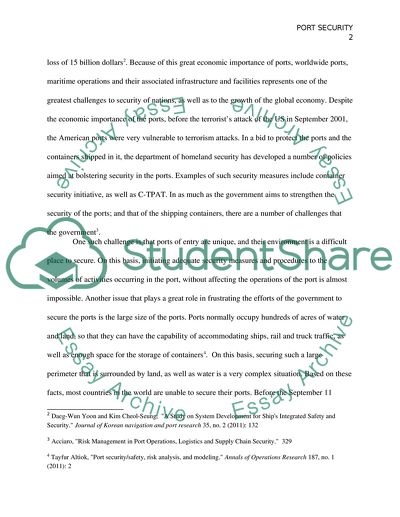Cite this document
(“The Evolution of (Seaport Shipping) Container Security Since 9/11 Research Paper”, n.d.)
Retrieved from https://studentshare.org/miscellaneous/1645067-the-evolution-of-seaport-shipping-container-security-since-911
Retrieved from https://studentshare.org/miscellaneous/1645067-the-evolution-of-seaport-shipping-container-security-since-911
(The Evolution of (Seaport Shipping) Container Security Since 9/11 Research Paper)
https://studentshare.org/miscellaneous/1645067-the-evolution-of-seaport-shipping-container-security-since-911.
https://studentshare.org/miscellaneous/1645067-the-evolution-of-seaport-shipping-container-security-since-911.
“The Evolution of (Seaport Shipping) Container Security Since 9/11 Research Paper”, n.d. https://studentshare.org/miscellaneous/1645067-the-evolution-of-seaport-shipping-container-security-since-911.


